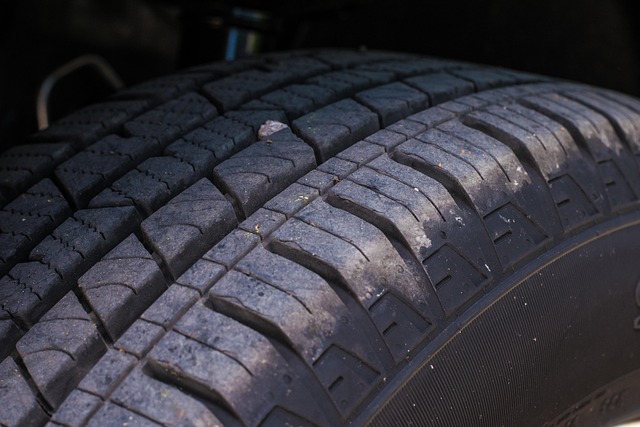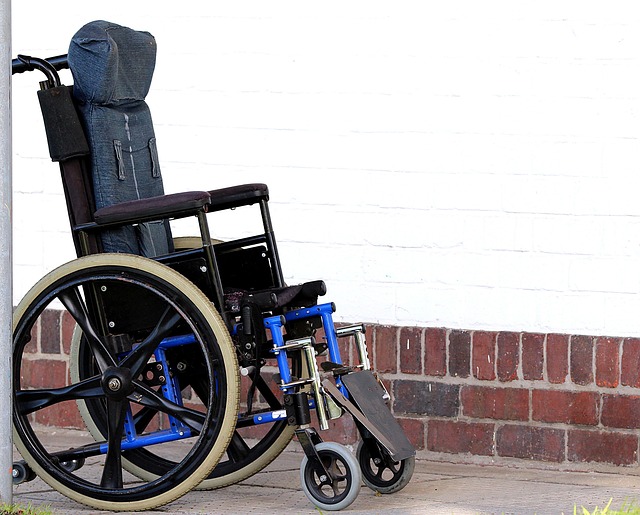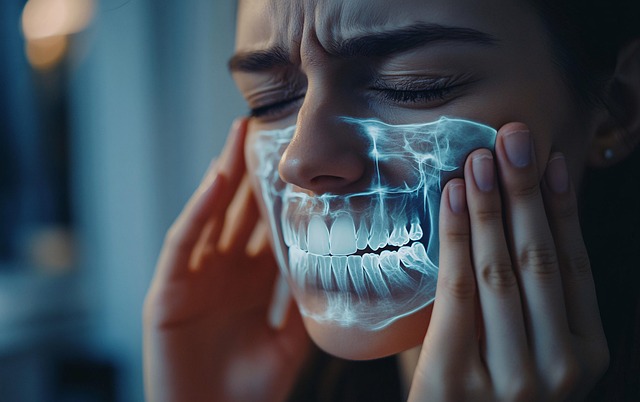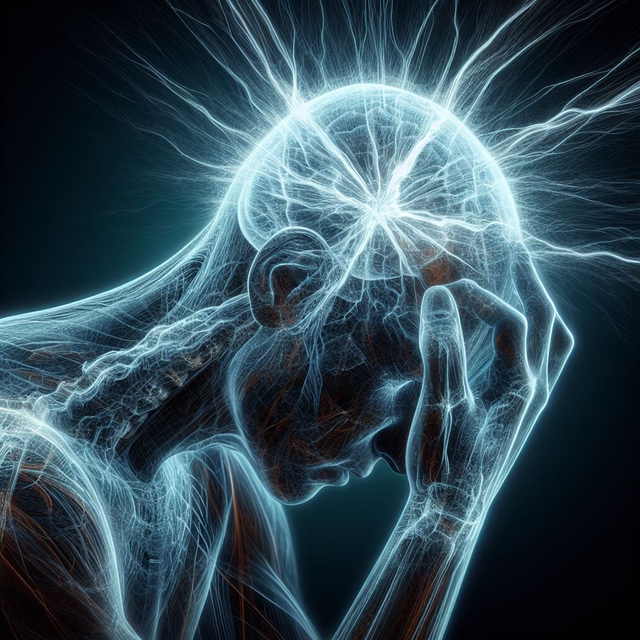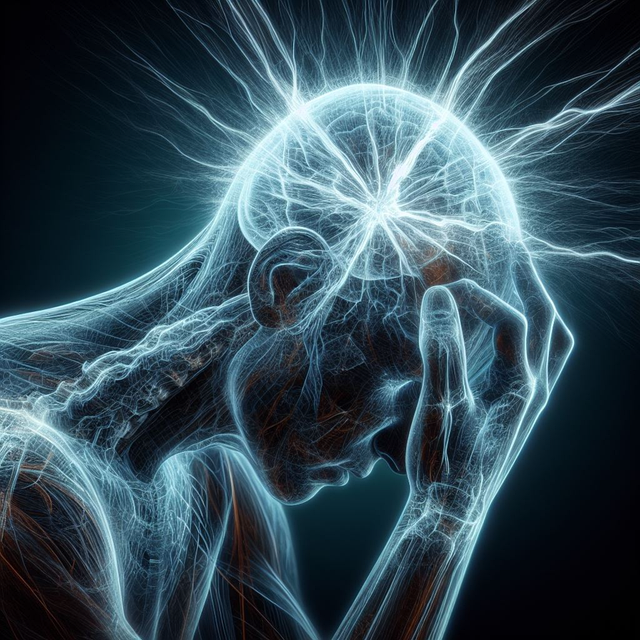Many people experience migraines after car accidents, impacting daily life. Chiropractors offer non-invasive treatments for auto accident headache and migraine, addressing neck trauma and nervous system disruption. Symptoms typically appear within hours or days post-accident, including pulsating pain, sensitivity to light/sound, nausea, and visual disturbances. Chiropractic care focuses on spinal adjustments, muscle relaxation, and inflammation reduction, providing immediate relief and supporting long-term recovery for recurring migraines or chronic headaches. Effective management requires continuous communication with chiropractors, lifestyle changes, stress management, and adherence to prescribed exercises.
After a car crash, many victims experience severe headaches and migraines—a condition often overlooked but deeply distressing. This article delves into understanding the intricate link between auto accidents and migraines, exploring their causes and symptoms. We also examine chiropractic care as a promising treatment option for post-crash headache relief. Additionally, we provide practical steps for effective migraine management following a chiropractic adjustment, offering hope and guidance for those navigating recovery. Discover how chiropractors can be key allies in the battle against auto accident-induced migraines.
- Understanding Migraines After Auto Accidents: Causes and Symptoms
- Chiropractic Care as a Potential Treatment Option for Post-Crash Headaches
- Navigating Recovery: Steps towards Effective Management of Migraines Following a Chiropractic Adjustment
Understanding Migraines After Auto Accidents: Causes and Symptoms
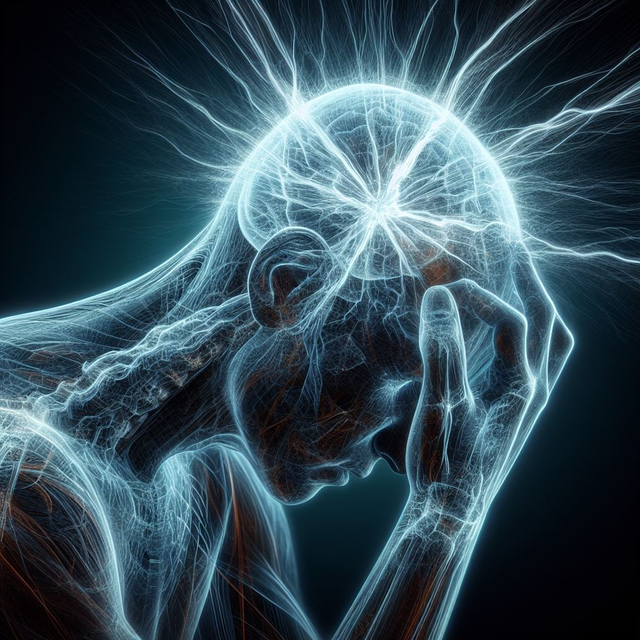
Many individuals experience migraines after an auto accident, which can significantly impact their quality of life. Understanding the causes and symptoms of these post-accident headaches is crucial in seeking effective treatment. In the event of a car crash, trauma to the neck and head can disrupt the delicate balance of the body’s nervous system, leading to intense pain and migraine episodes. The force exerted during an accident may cause strain or damage to the cervical spine, muscles, and surrounding structures, resulting in headaches that can range from mild to severe.
Common symptoms associated with migraines after a car accident include pulsating or throbbing pain, sensitivity to light and sound, nausea, vomiting, and visual disturbances like auras. These symptoms often manifest within hours or days of the collision and can be triggered by stress, changes in weather, or specific environmental factors. Chiropractors specializing in auto accident headache and migraine treatments offer non-invasive care, focusing on adjusting the spine, relieving muscle tension, and reducing inflammation to provide much-needed relief for patients experiencing post-traumatic headaches.
Chiropractic Care as a Potential Treatment Option for Post-Crash Headaches
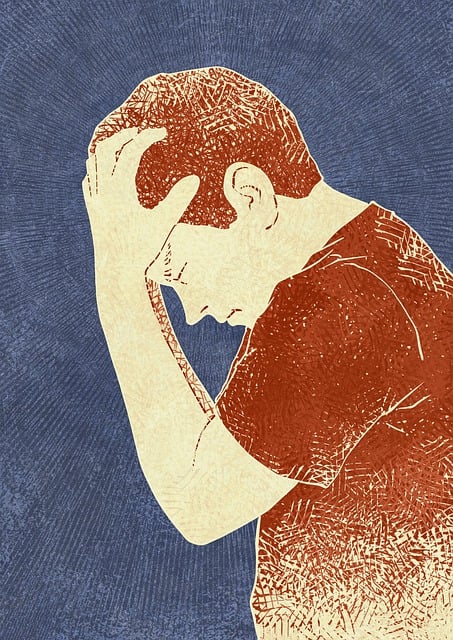
Chiropractic care has emerged as a potential treatment option for individuals experiencing post-crash headaches, particularly migraines. Many patients who have been involved in auto accidents often suffer from severe and persistent headaches due to the impact on their neck and spine. Chiropractors are specifically trained to assess and treat musculoskeletal disorders, making them well-equipped to address these types of injuries.
Through a combination of adjustments, manipulation, and other therapeutic techniques, chiropractors can help alleviate pain and reduce inflammation in the affected areas. This non-invasive approach not only provides relief from immediate post-crash headaches but also focuses on long-term recovery by improving the overall mobility and function of the spine. For individuals struggling with recurring migraines or chronic headaches following an auto accident, considering chiropractic care as part of their treatment plan could be a game-changer in managing these debilitating symptoms.
Navigating Recovery: Steps towards Effective Management of Migraines Following a Chiropractic Adjustment
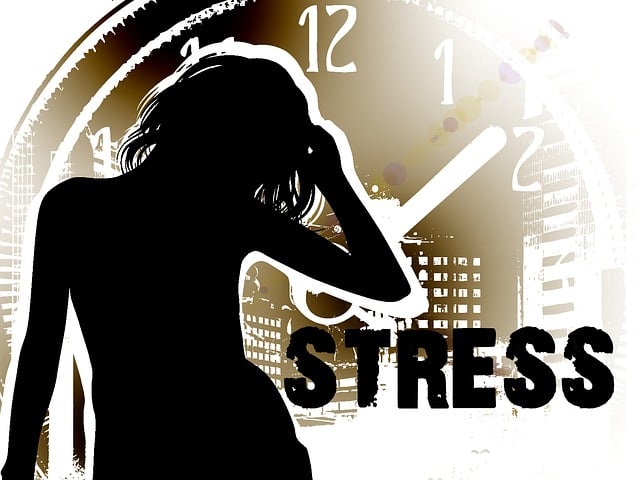
Navigating Recovery involves a multifaceted approach to effectively managing migraines after a chiropractic adjustment following an auto accident. Initially, it’s crucial to maintain open communication with your chiropractor, who can provide tailored advice and adjust treatments based on your progress. This may include regular check-ins, additional adjustments, and recommendations for at-home care. Incorporating lifestyle changes such as improved posture, stress management techniques, and consistent sleep patterns can also significantly reduce migraine frequency.
Additionally, incorporating specific exercises prescribed by your chiropractor into your daily routine can strengthen neck muscles, improve flexibility, and enhance overall resilience against future migraines. It’s important to remember that recovery is a process, and patience is key. Consistent care and adherence to the recommended protocol will lead to better outcomes in managing auto accident-related headaches and migraines, ultimately improving your quality of life.
Chiropractors offer a promising approach to managing migraines resulting from auto accidents, focusing on non-invasive treatments like adjustments and holistic care. By addressing the underlying causes of post-crash headaches, this alternative therapy can significantly improve recovery outcomes for patients experiencing debilitating migraines after an accident. For those seeking effective solutions beyond traditional medicine, exploring chiropractic care as part of a comprehensive treatment plan could be a game-changer in managing auto accident headache and migraine symptoms.
